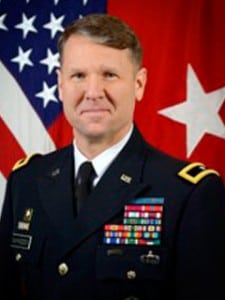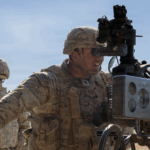
The new Army Operating Concept (AOC) is the bedrock for developing the functional concepts that will lead to how the service conducts operations in the future as part of the joint force and with partners, said the director of the Army Training and Doctrine Command’s Concept Development and Learning Directorate (CDLD). “It’s really about casting a vision and then manifesting a vision,” said Brig. Gen. Christopher McPadden, CDLD director. The CDLD is part of the Army Capabilities Integration Center (ARCIC)…













